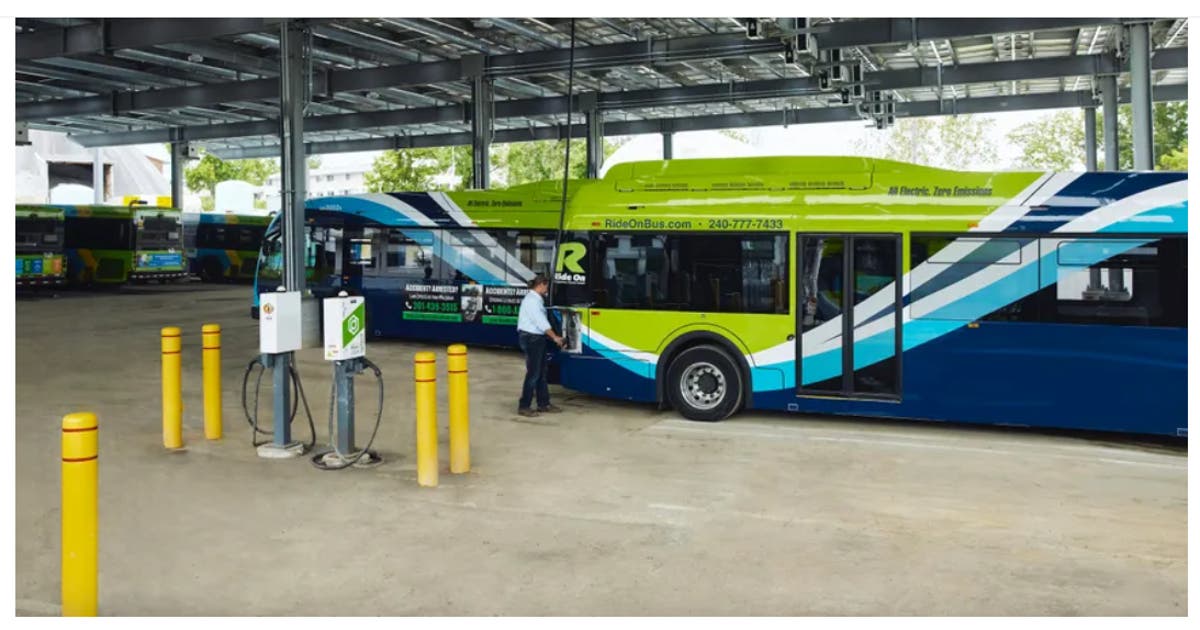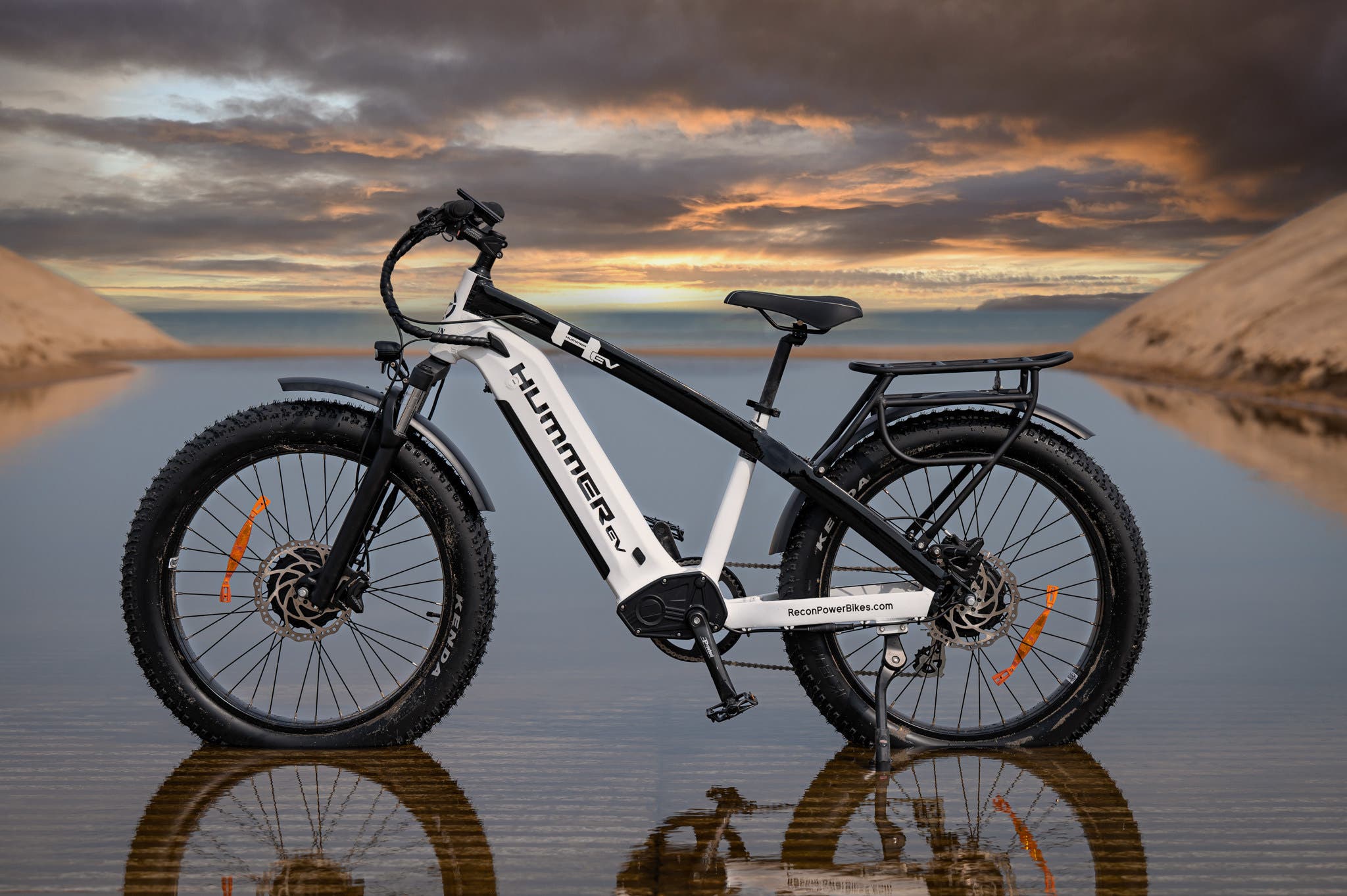According to an article by Cornell researchers published this month in Applied Energy , wireless charging highways paired with energy storage systems are viable electric vehicle solutions because to their great advantages in time savings and reduced burden on the current power infrastructure.
Over the past ten years, the electric vehicle (EV) sector has seen impressive growth and technological advancement. According to co-authors H. Oliver Gao, the Howard Simpson Professor of Engineering, and Jie Shi, a former Cornell systems postdoctoral researcher, EV sales are predicted to account for 48 percent, 42 percent, and 27 percent of light-duty vehicle sales in China, Europe, and the United States, respectively, by 2030.
For wireless charging road systems to be successfully implemented, they must be integrated into the current power market and managed effectively in conjunction with the related energy storage system.
According to Gao, the director of Cornell’s Systems Engineering Program, “In this work, we propose a linked transportation power system framework for incorporating a wireless charging road system into the real-time electricity market.” Additionally, we provide a control technique based on Lyapunov optimization to run the energy storage system economically.
The simulation study shows that effective control of the energy storage system not only lowers the overall energy expenditures of the wireless charging road system, but also lessens the strain the wireless charging load places on the current power grid. The expenses of energy are decreased by 2.61 percent and 15.34 percent, respectively, in two numerical instances.
According to Gao, we created a Lyapunov optimization-based control technique to efficiently manage the energy flow between the wireless charging roads and the energy storage system. The extended DCOPF, the controller, and the hybrid traffic assignment are the three main modules that make up the suggested structure.
Applied Energy, img1.
The hybrid traffic assignment determines the traffic flow across a road network made up of wireless charging lanes and regular traffic lanes for certain journeys. In the given power grid, the extended direct current optimal power flow (DCOPF) chooses the best routes for the flow of electric energy between the generation resources, load centers, and wireless charging highways. By effectively controlling the output of the energy storage system, the control strategy aims to reduce the energy costs of wireless charging roads.
Our control technique is suitable for real-world applications since it is computationally efficient and doesn’t call on forecasts of the system states, according to Jie.
By Patrick Gillespie , a communications expert in the engineering college.
Thanks to Cornell. Edu, Cornell Chronicle
Do you value the unique reporting and cleantech news coverage on CleanTechnica? Consider becoming an Patreon patron, a CleanTechnica member, supporter, technician, or ambassador.






